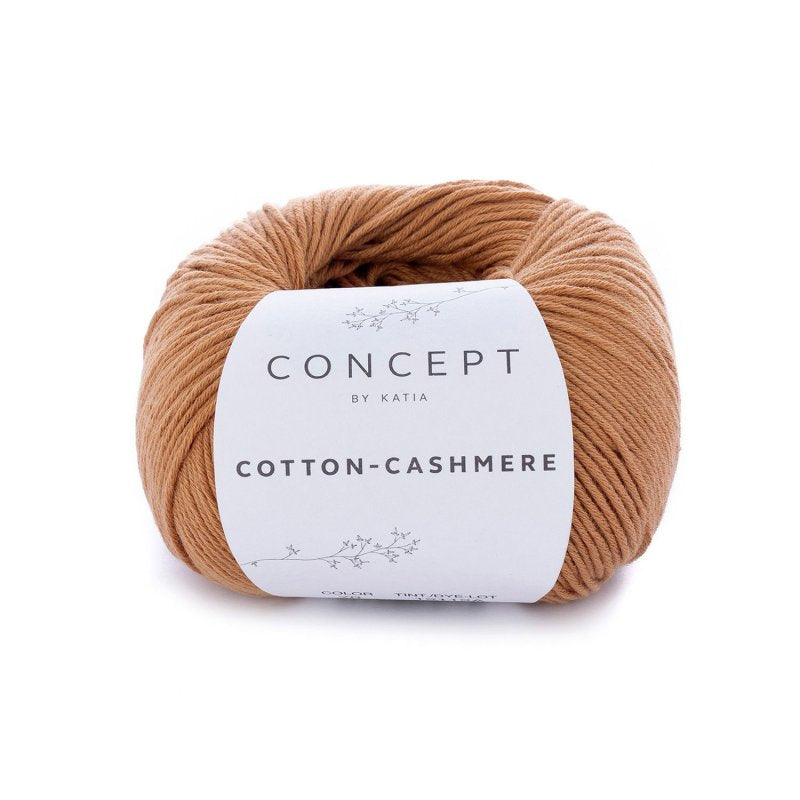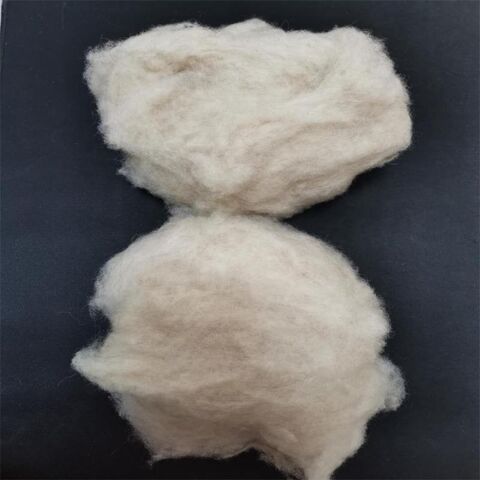Factors You Should Require Cashmere a Natural Fiber for Convenience and Sophistication in Everyday Wear
In the realm of fabrics, couple of fibers equal the deluxe and comfort of cashmere. This distinct material, understood for its superior gentleness and insulation, offers unparalleled comfort and style for everyday wear. What establishes it apart from other fibers? Exactly how does it affect the setting and how does it compare to synthetic choices? Just how can one best utilize cashmere to boost their design? These fascinating questions lay the foundation for an informing expedition right into the globe of cashmere.
Recognizing the Elegant Nature of Cashmere

Reviewing the Convenience Aspect of Cashmere Apparel
What qualities highlight the comfort element of cashmere garments? The softness of cashmere is the initial quality to think about. Its plush appearance makes it seem like a 2nd skin, supplying warmth without the weight or itchiness linked with various other woollen products. Cashmere's distinct fiber structure permits for breathability, controling temperature level and stopping overheating. The material's flexibility and sturdiness guarantee that it mold and mildews against the body conveniently, maintaining its shape over time. Cashmere's hypoallergenic homes also add to its comfort, making it an excellent choice for delicate skin. Finally, the ability to layer cashmere pieces without thickness enhances the comfort aspect. In significance, the comfort of cashmere is originated from its softness, breathability, longevity, hypoallergenic nature, and adaptability.

The Environmental Impact and Sustainability of Cashmere
While the comfort and beauty of cashmere are undoubtedly enticing, it's similarly crucial to consider its relationship with the setting. Cashmere production, primarily in Mongolia and China, entails raising Your Domain Name cashmere goats, which can significantly strain delicate meadow environments due to overgrazing. Efforts are being made to establish lasting cashmere production approaches, such as rotational grazing and cleaner handling strategies.
Comparing Cashmere to Artificial Fibers: A Cost-Benefit Evaluation
In spite of its ecological challenges, cashmere offers an unique collection of benefits over synthetic fibers. On the expense side, cashmere is without a doubt extra costly as a result of its labor-intensive production process. Yet, the benefits make it worth the financial investment. Cashmere's all-natural fibers offer exceptional gentleness and heat, converting right into comfort that artificial fibers battle to match. Cashmere pieces are highly long lasting, appealing durability that offsets preliminary prices over time. Unlike artificial fibers, cashmere does not contribute to microplastic pollution, making it a much more sustainable option. In comparison, artificial fibers, while cheaper upfront, provide much less convenience, have much shorter life expectancies and present environmental concerns. Thus, when assessing cost-benefit, cashmere's premium qualities make it a worthwhile financial investment for everyday wear.
Designing Tips With Cashmere for Everyday Sophistication
Having actually thought about the cost-benefit analysis of cashmere compared to synthetic fibers, it comes to be clear why this extravagant material is a popular option for many. When styling cashmere for daily elegance, simpleness is vital. Inevitably, see here now the intrinsic elegance of cashmere makes it a versatile enhancement to any wardrobe, effortlessly boosting day-to-day outfits with a touch of deluxe.

Final Thought
In recap, the amazing residential properties of cashmere make it a useful addition to any wardrobe. Its elegant feeling, adaptability, convenience, and breathability to varying temperature levels are unparalleled. On top of that, cashmere's sustainability Continue and lower ecological effect compared to synthetic fibers additionally enhance its appeal. The classic elegance of cashmere, incorporated with its adaptability, adds class to everyday wear. Investing in cashmere garments is a worthwhile choice for sustainability, convenience, and design.
